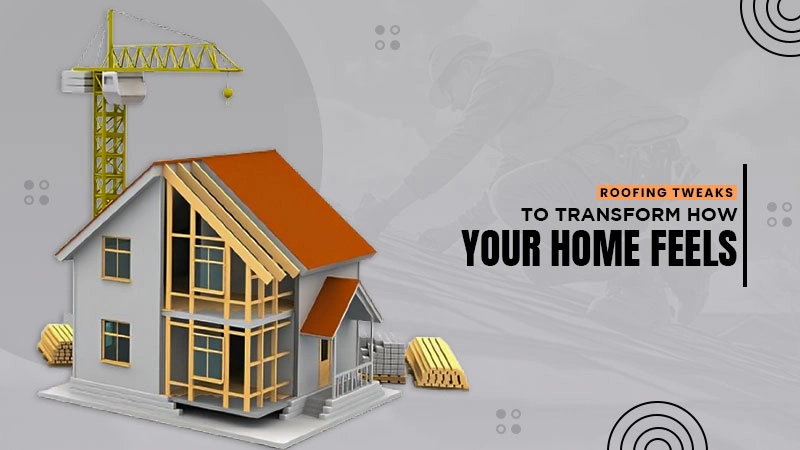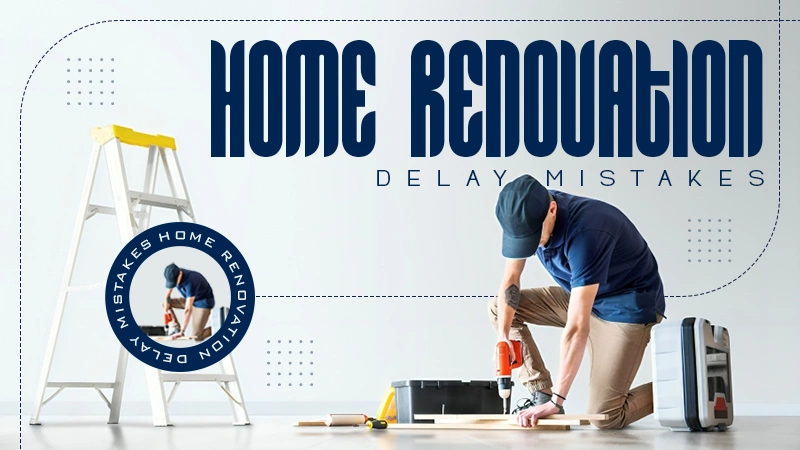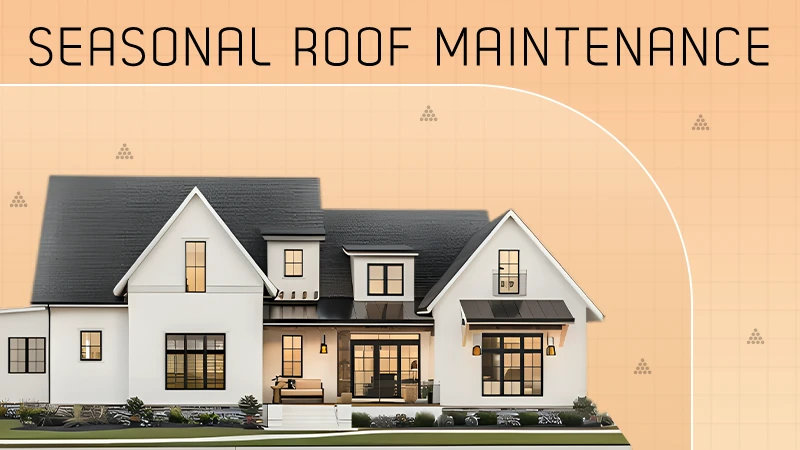Homeowners often overlook the state of their roofs until a significant issue arises. Proactive maintenance can prevent costly repairs down the line. Effective roof repair demands a systematic approach that includes understanding the type of roof you have, identifying issues early on, preparing adequately, and knowing when to engage professionals. This guide aims to simplify the roof repair process through practical steps to ensure your home remains safe and secure.
Identify the Type of Roof You Have
Your roof plays a significant role in protecting your home, and identifying its type is essential for targeted repairs. Common types include asphalt shingles, metal roofs, tile roofs, and flat roofs, each requiring unique maintenance and repair strategies. Asphalt shingles are the most popular due to their affordability and ease of installation, but they are susceptible to damage from high winds and extreme temperatures.
Metal roofs offer durability and longevity, but may require specialized tools and expertise for repairs. Tile roofs, while aesthetically appealing, can crack under heavy impact, necessitating careful handling during repairs. Finally, flat roofs are prone to water pooling, and regular inspections are important. Understanding the specifics of your roof type will guide you in identifying potential issues and implementing the right repair strategies.
Evaluate the Condition of Your Roof
Regular evaluations of your roof will keep it in optimal shape. Look for visible signs of wear, such as missing shingles, water stains on ceilings, or signs of mold. Inspecting your attic for leaks, drafts, or moisture buildup can indicate a compromised roof. Seasonal inspections are important, especially after harsh weather conditions that may have resulted in stress on the roofing material.
High winds, heavy rainfall, or snow accumulation can lead to issues that might not be visible from the ground. Do not overlook the importance of a detailed look from both inside and outside your home. Take notes and photographs during your assessment to track changes over time.
Know When to Call Professionals
Not all roof repairs can or should be tackled by homeowners. Complicated issues, such as structural damage or extensive leaks, necessitate professional intervention. When in doubt, it’s wise to consult a roofing expert, especially if repairs extend beyond simple maintenance. Selecting skilled professionals for storm-damage roof repair ensures durable, code-compliant results. Professionals have access to advanced tools and materials, ensuring that repairs are durable and reliable.
Apart from quality work, they typically offer warranties that can protect you from future costs. Recognizing the limits of DIY endeavors plays an important role in effective maintenance and repair efforts.
Follow Safe Repair Practices
Safety is paramount when conducting roof repairs. First, ensure your ladder is stable and positioned safely. Avoid working in inclement weather, as wet surfaces can pose a significant risk of slipping. If you’re not comfortable working at heights, consider hiring a professional. When on the roof, always keep both feet and one hand on a stable surface.
Use a harness if necessary and be mindful of your surroundings. If dealing with tools or materials, secure all items to prevent accidents. Following safety practices is crucial for personal safety and ensures that the repair process remains efficient. Proper techniques lead to more effective repairs and can save you from issues in the long run.
Inspect and Repair Specific Issues
Repairing common problems will require specific approaches based on the issue at hand. Leaks are often the primary concern. Identify their origin, which could be worn-out flashing or damaged shingles. Replace any compromised materials promptly to avoid water infiltration. For shingle roofs, a simple replacement of missing shingles is usually enough to maintain integrity. Metal roofs might require tightening fasteners or sealing joints that have come loose.
Different problems demand unique solutions, highlighting the importance of identifying the issues early and categorically addressing them. Utilize effective methods and materials that correspond with the roof type you own. Remember to double-check repaired areas for any signs of potential future problems.
Maintain Your Roof Regularly
Post-repair, adopting a regular maintenance schedule extends the life of your roof. Regular cleaning to remove debris, inspecting flashing, and checking for algae growth keep your roof in a healthy condition. Professional inspections once or twice a year are beneficial, particularly after extreme weather conditions.
Maintaining gutters prevents overflow that can damage your roof. Staying proactive about maintenance can save you from costly repairs down the line. Keeping a record of inspections and repairs helps track any recurring issues, making future evaluations simpler. Maintaining a roof may seem overwhelming, but breaking it into manageable tasks can make it easier.
Understanding your roof, evaluating its condition regularly, preparing adequately for repairs, and recognizing the need for professional help create a comprehensive strategy for effective maintenance. With proactive care, homeowners can ensure their roofs are equipped to withstand the elements, prolong their lifespan, and maintain home value.






